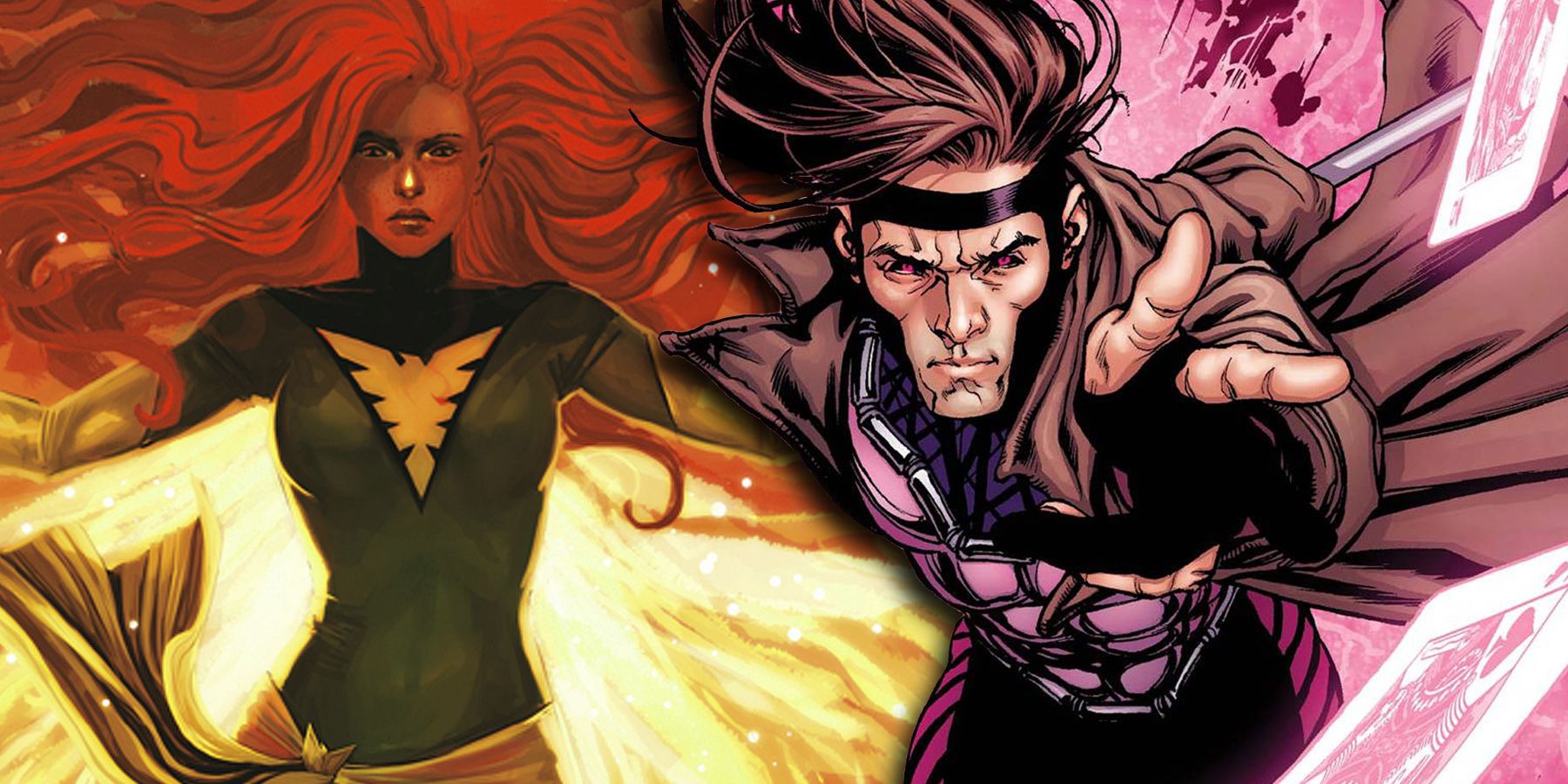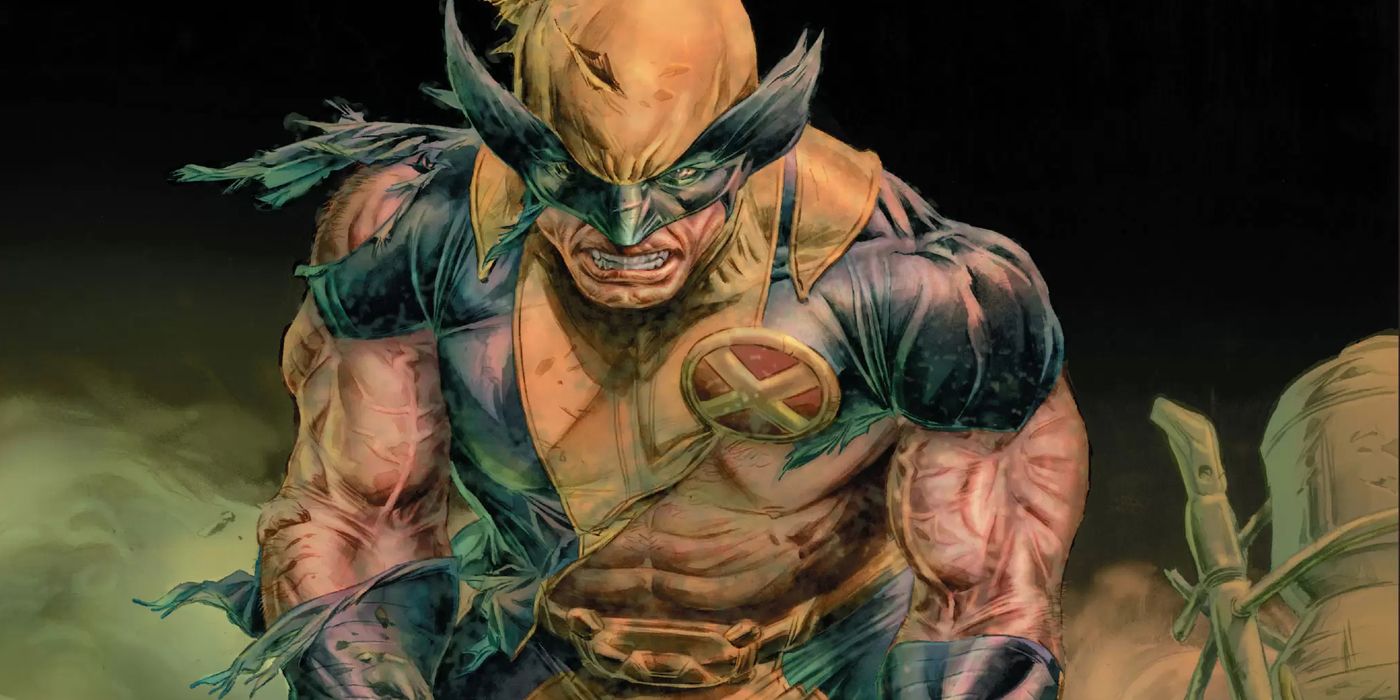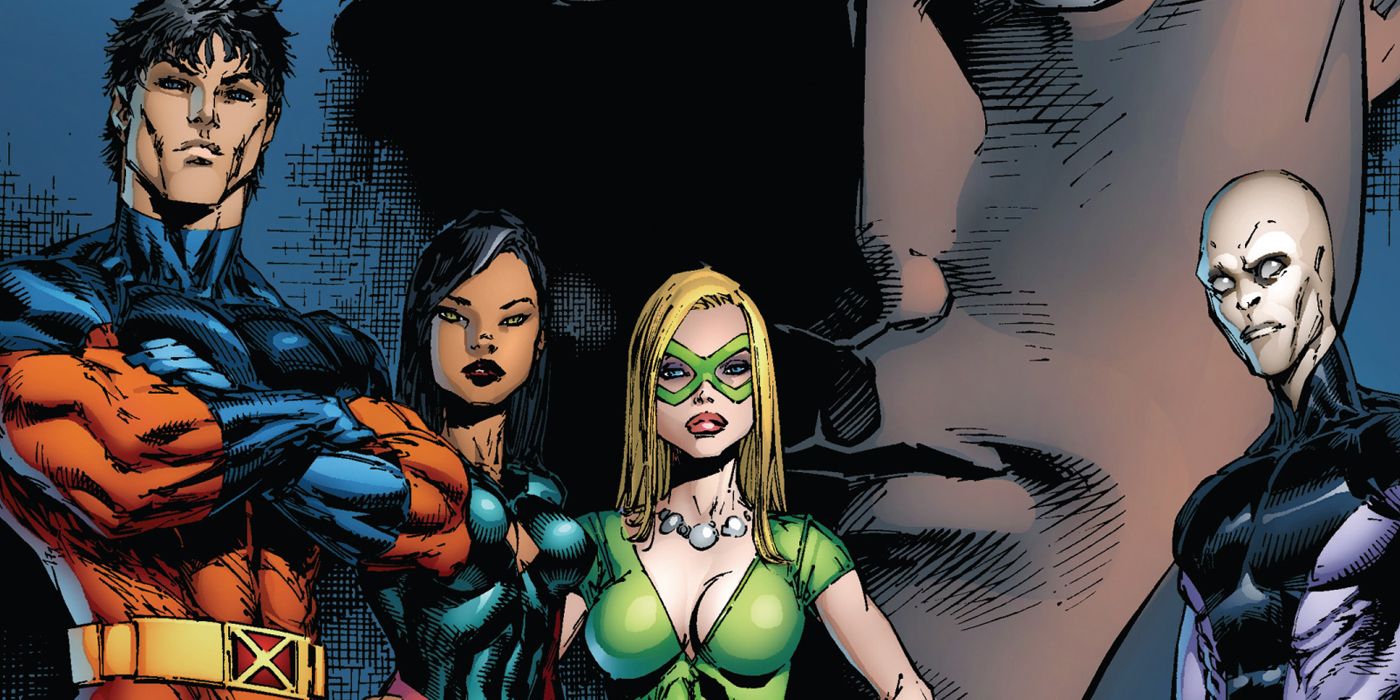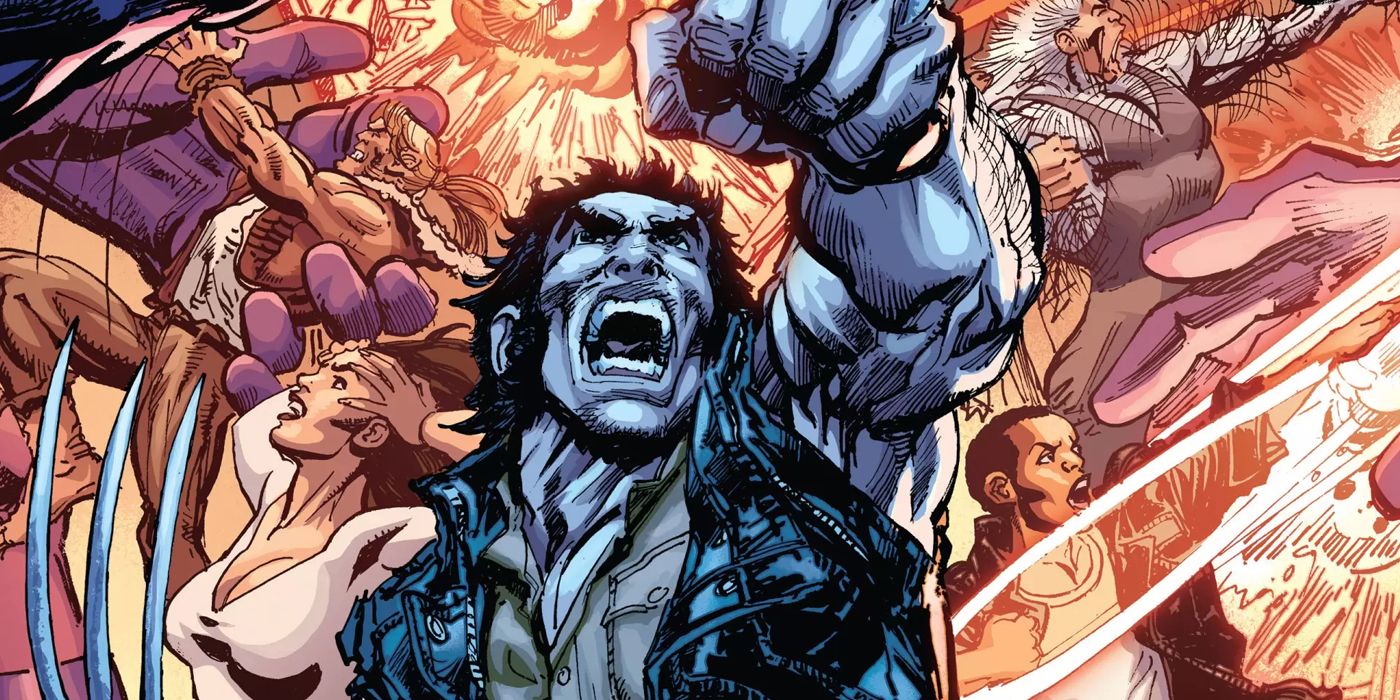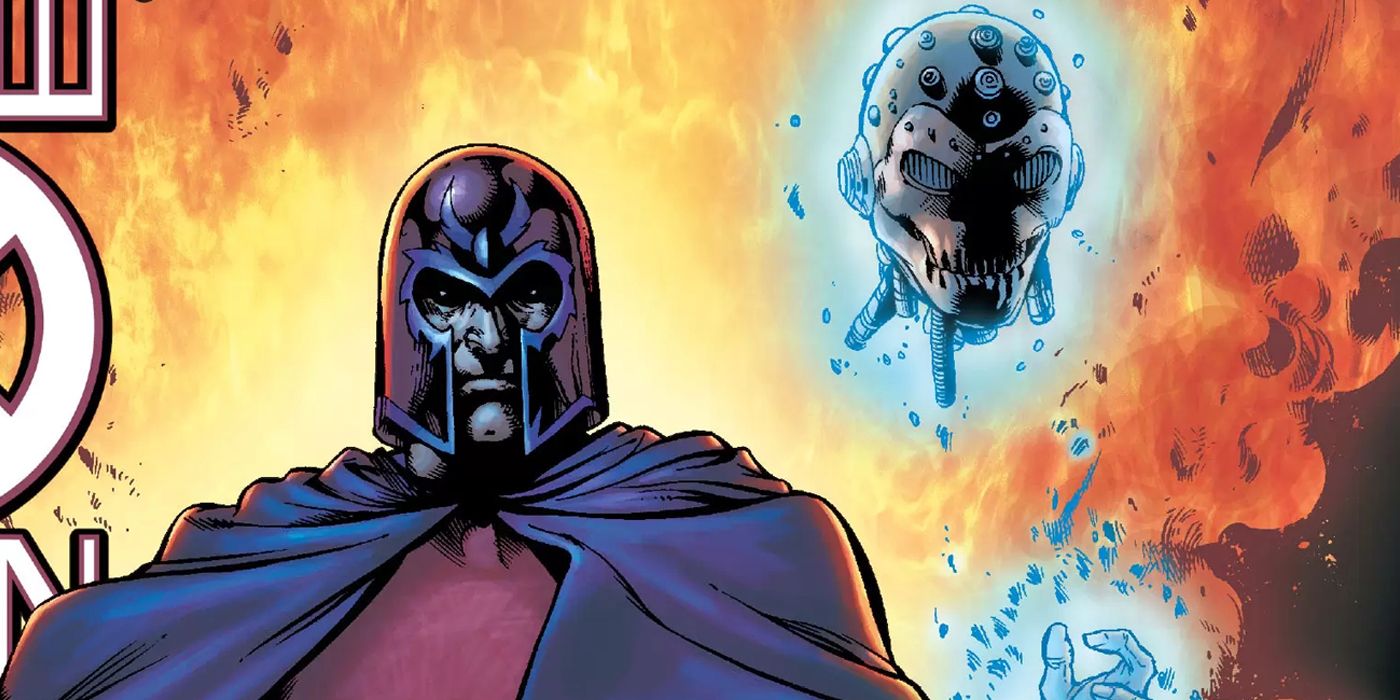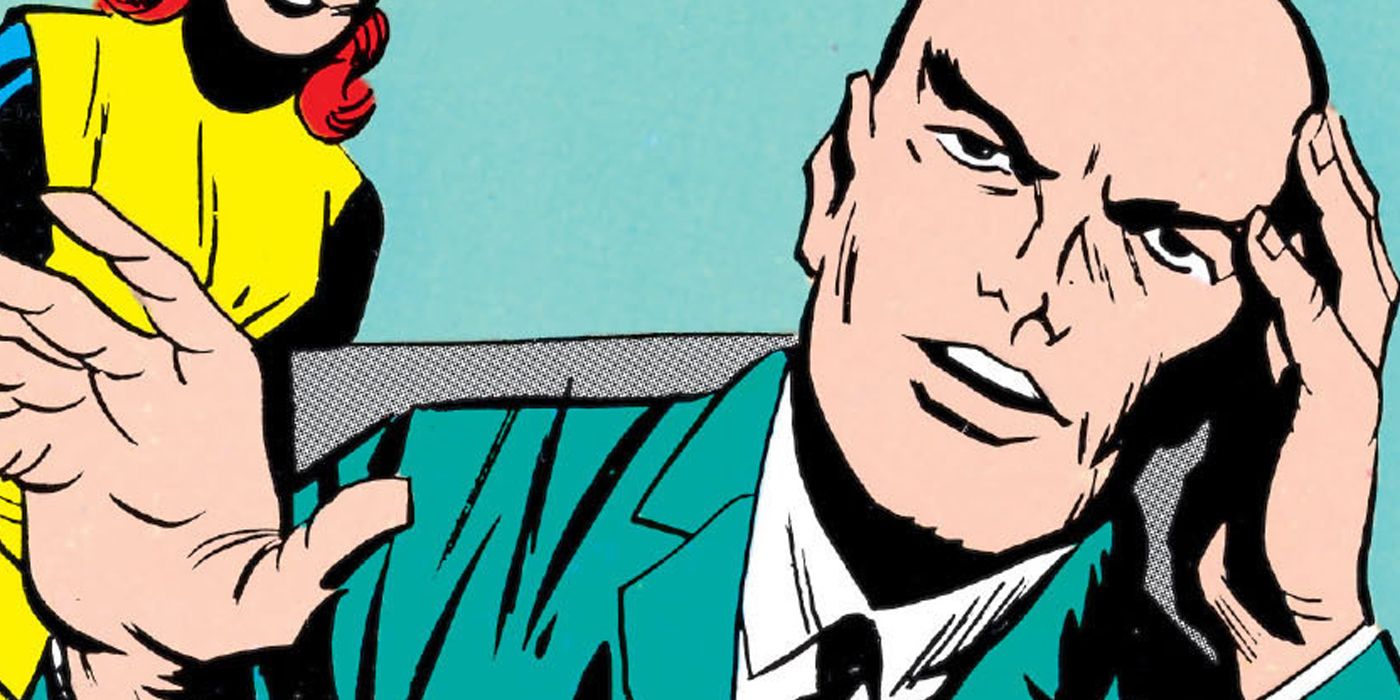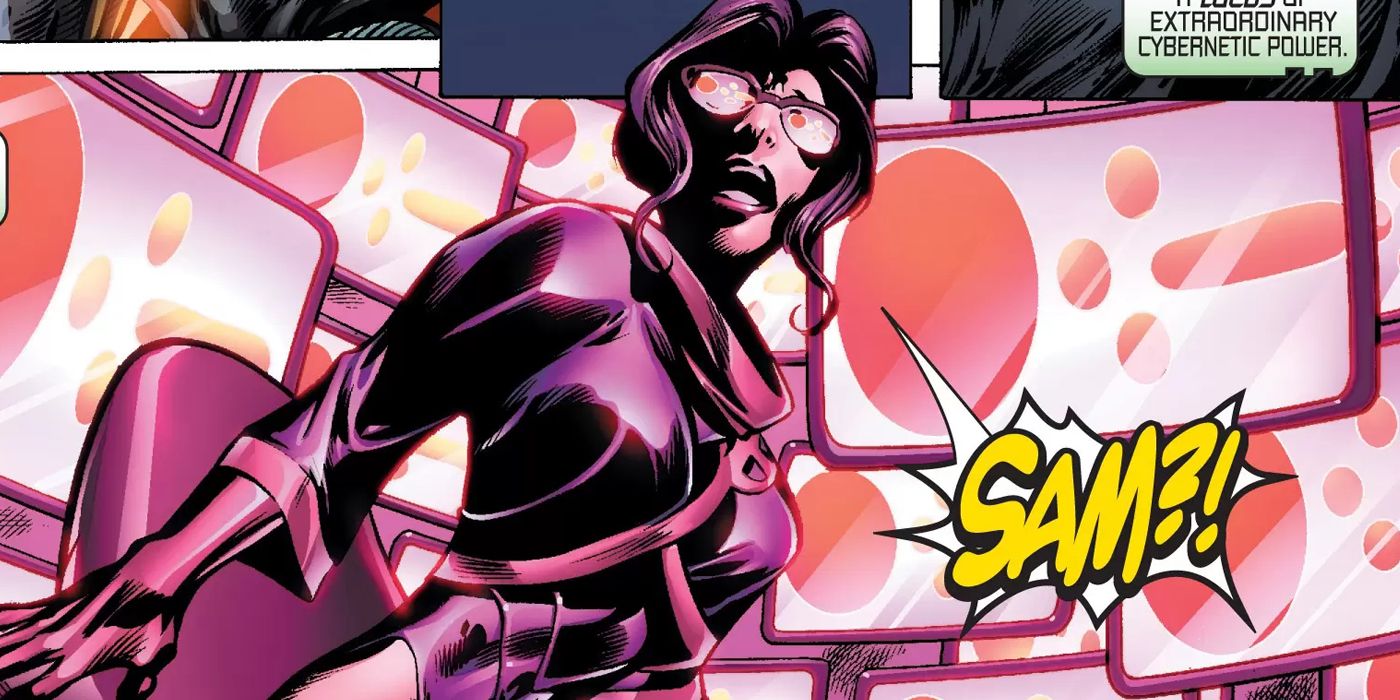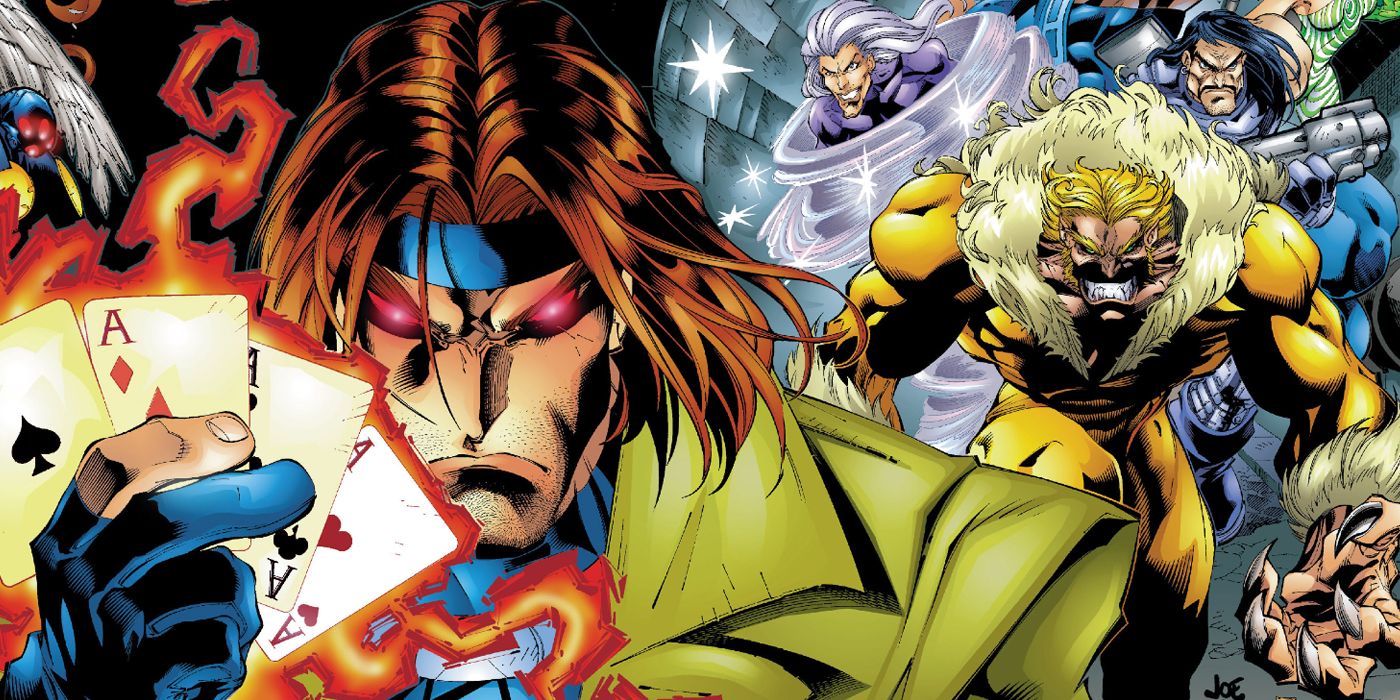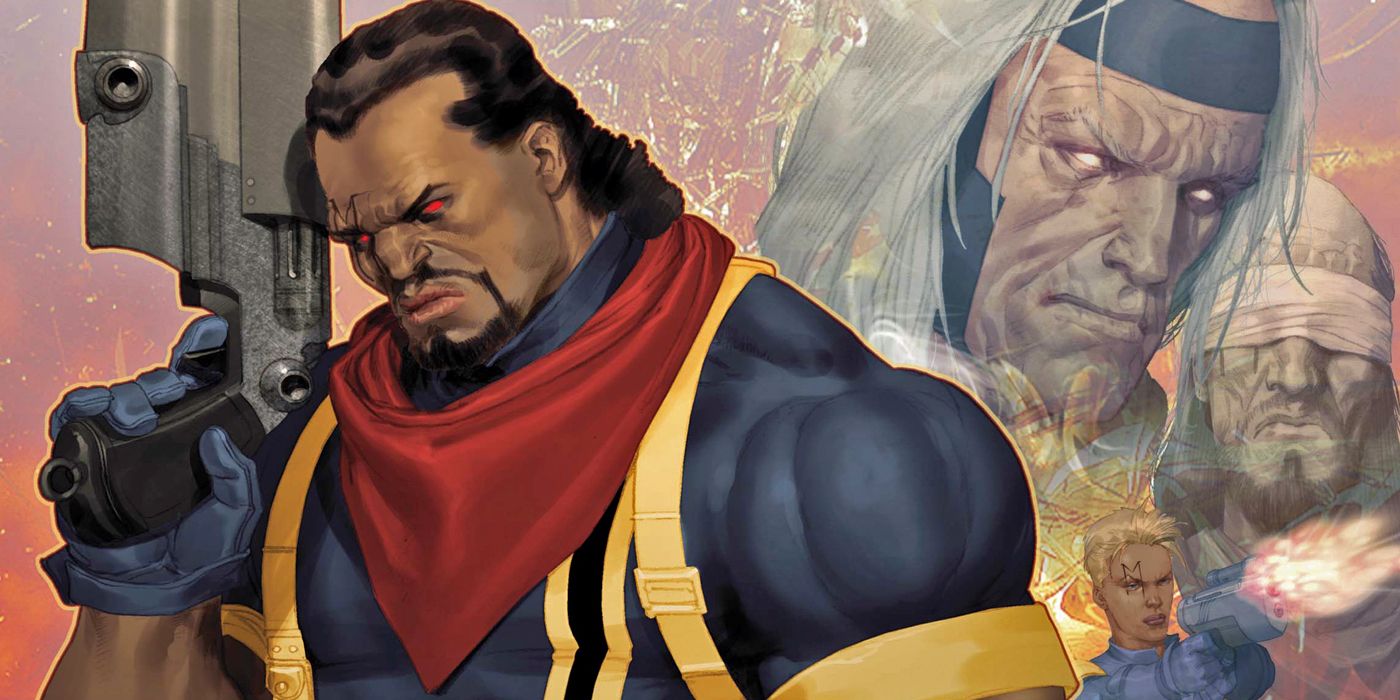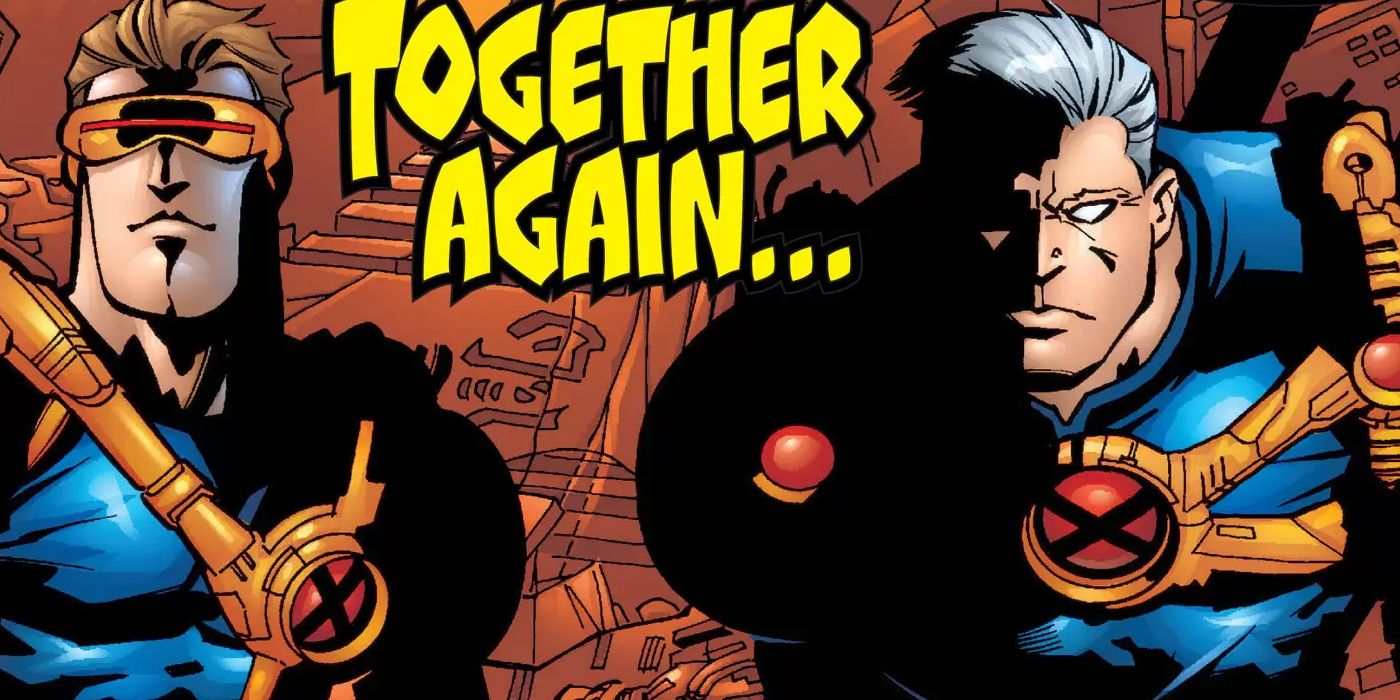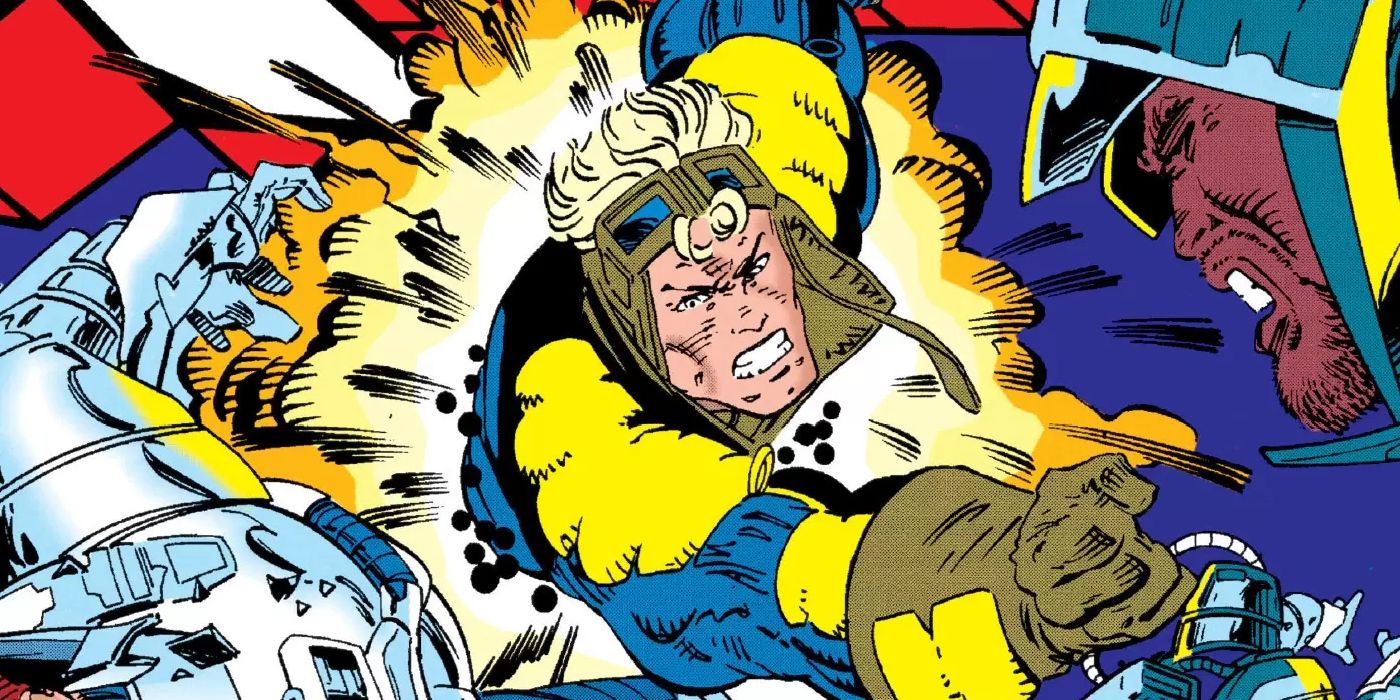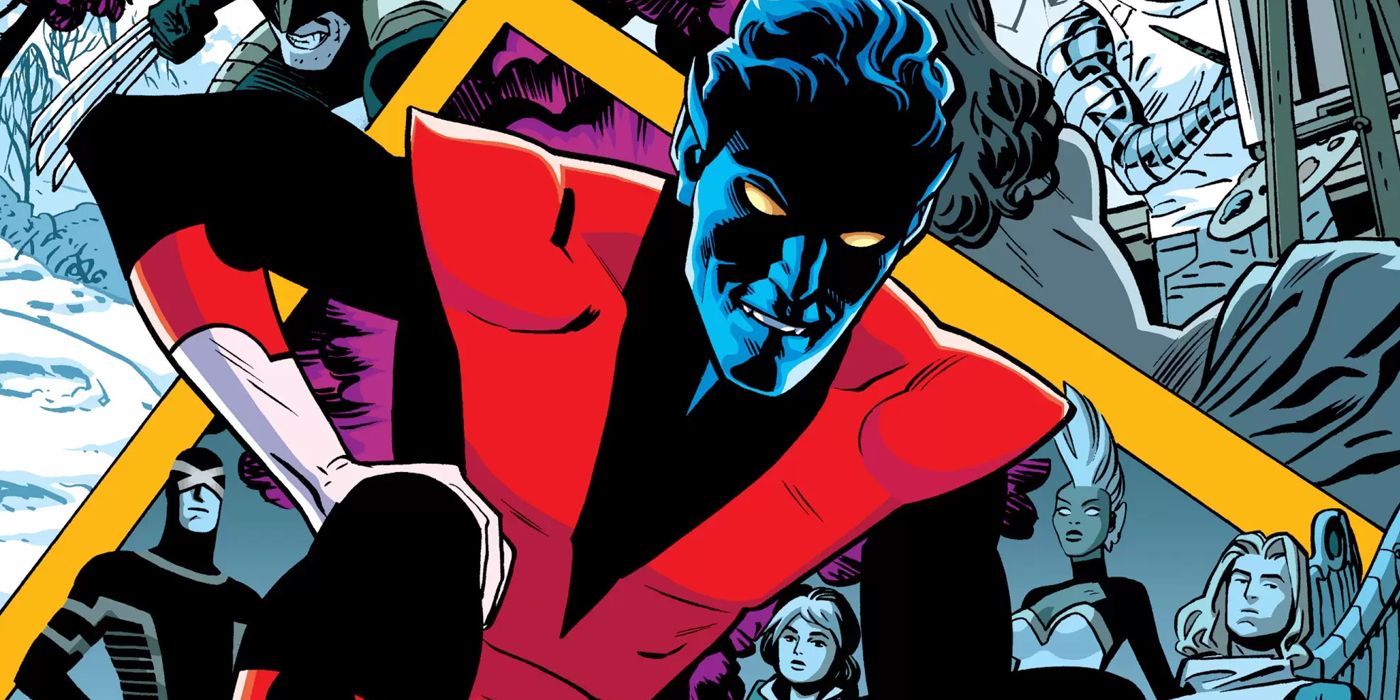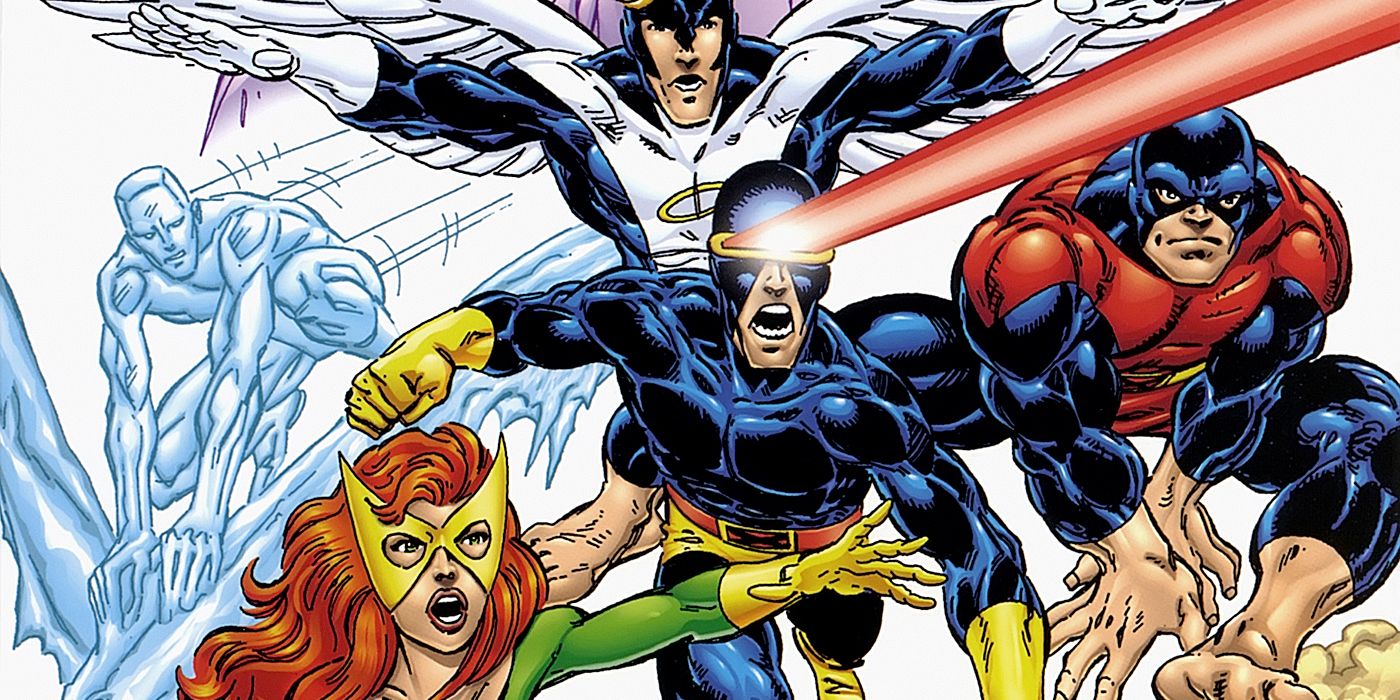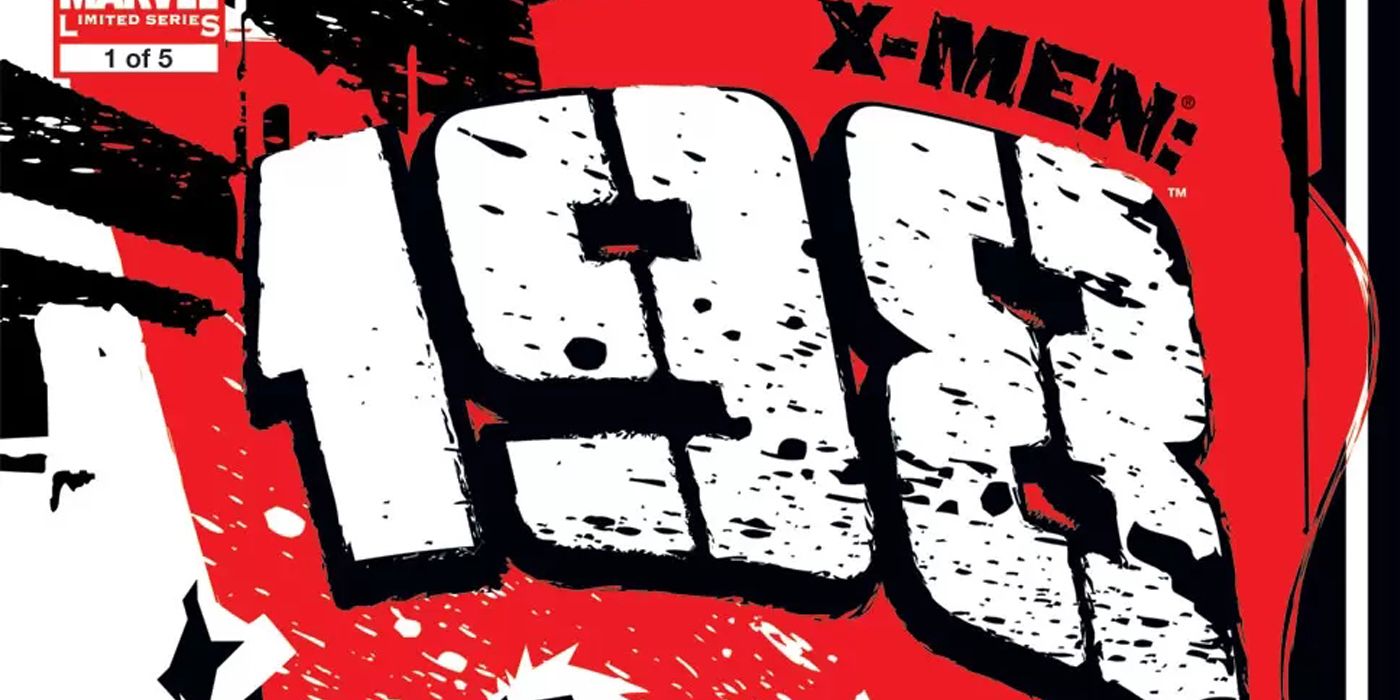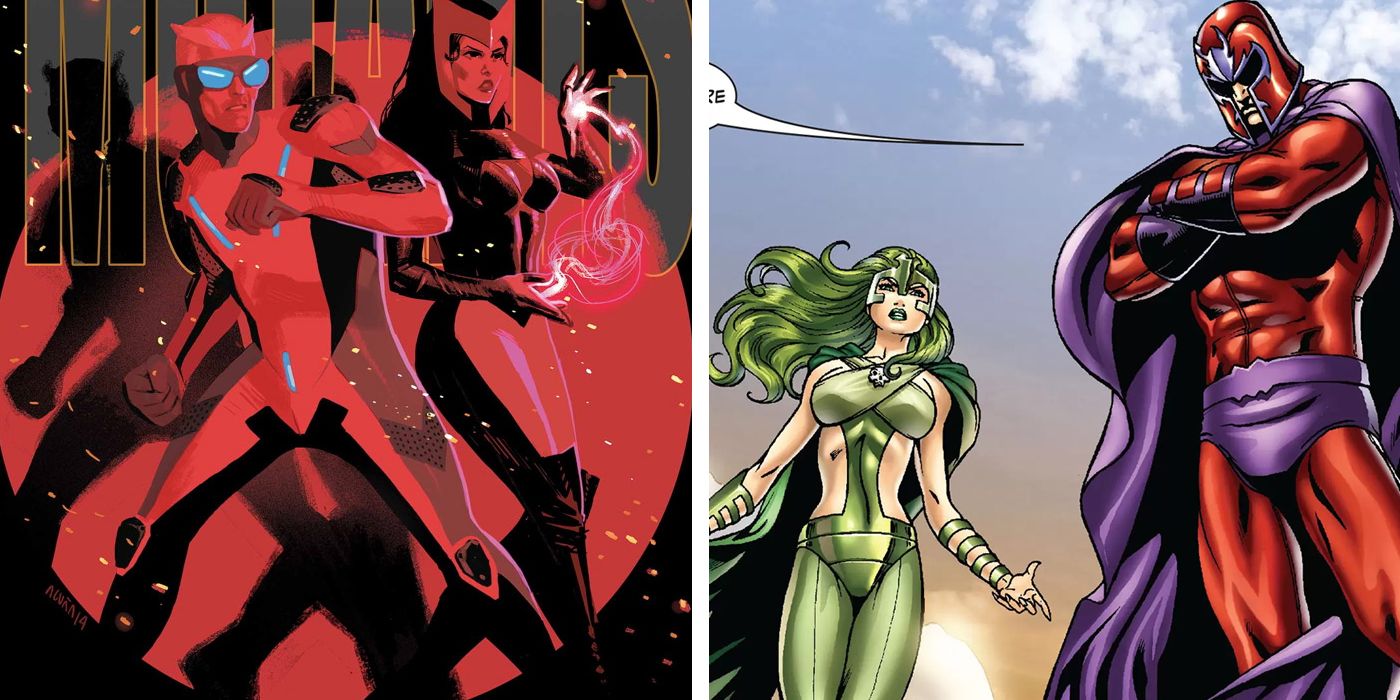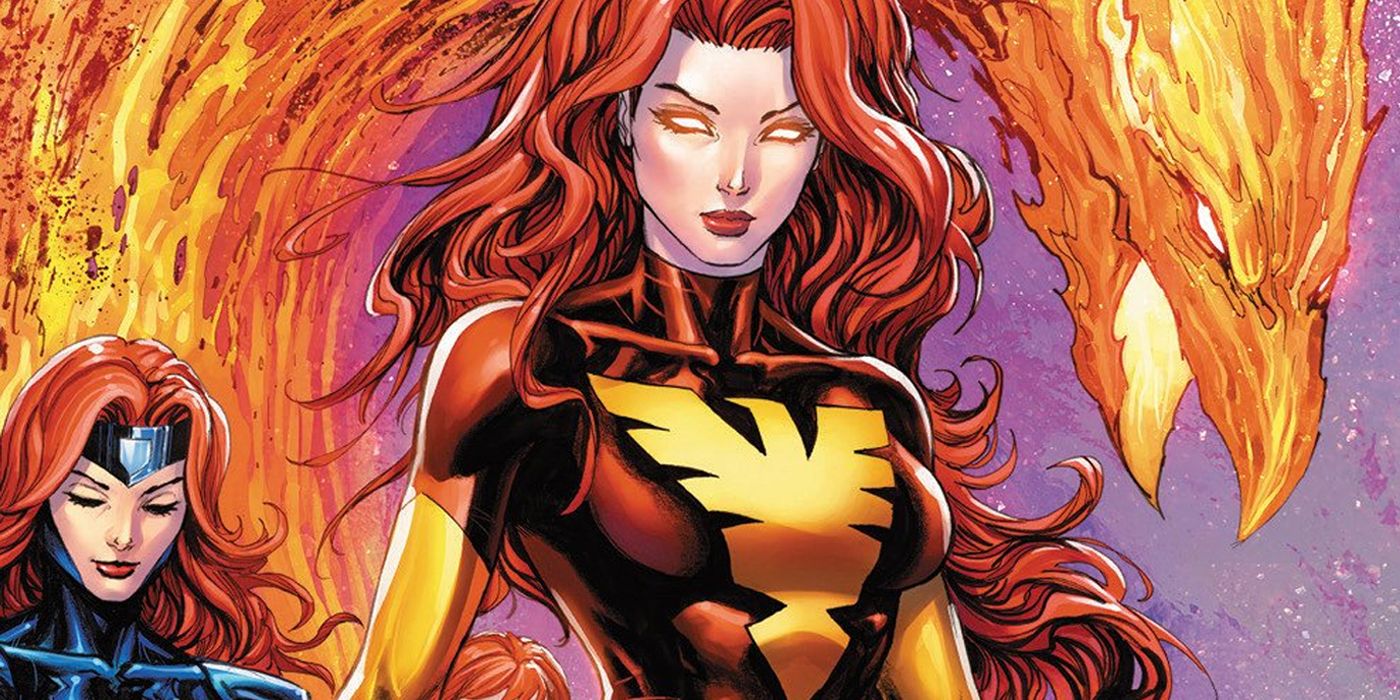To put it mildly, the X-Men can be a little confusing. After decades of time-traveling adventures, Marvel's merry mutants have fallen into a tangled web of possible futures and parallel realities that can leave the most ardent X-Men fans scratching their heads. With dozens of stories sold on the promise that "everything you know will change," the dark secrets of the X-Men's past have emerged like an endless parade of skeletons from the X-Mansion's closets, too. With all of these new details about the future and the past, the history of the X-Men has been reshaped multiple times by these pieces of retroactive continuity or "retcons," where unseen events are revealed in new stories.
RELATED: Spider-Canned: 15 Canceled Spider-Man Stories You'll Never See
Now, CBR is taking a look back at some major ways X-Men history changed without you noticing. In this list, we'll be looking at moments and revelations that radically altered the status quo or contradicted established facts. Since so much of the X-Men's history has been rewritten, this hardly comprehensive list will focus on changes that affected the franchise as whole or dramatically redefined major characters. We'll also be taking a look at how these shocking revelations reframed older stories in ways that might not be apparent at first glance.
15 WOLVERINE'S HISTORY
For most of his existence, Wolverine's life was a mystery, defined by glimpses of his violent past. Even relatively simple details like the true nature of his powers remained shrouded in mystery for years. For instance, there were many references to the idea that the Weapon X Program gave Wolverine his claws. In 1993's X-Men #25, by Fabian Nicieza and Andy Kubert, this idea was firmly debunked when Magneto famously ripped out Wolverine's adamantium skeleton to find Logan's bone claws underneath.
As we covered recently, Wolverine's history has been filled with revelations like this. While Wolverine's earliest days were revealed in Paul Jenkins and Kubert's 2001 miniseries Origin, Wolverine got his full memories back until the end of the 2005 crossover House of M. As Wolverine explored his new memories, he uncovered several earth-shattering revelations about his life, including the quickly abandoned possibility that he founded Weapon X.
14 X-MEN: DEADLY GENESIS
In 1975, Wolverine famously joined the X-Men alongside Storm, Nightcrawler and Colossus in Len Wein and Dave Cockrum's Giant-Size X-Men #1. In that classic story, Cyclops and this new team freed the original X-Men from Krakoa, a mutant island where the first team was trapped. However, as Ed Brubaker and Trevor Hairsine's 2005 miniseries X-Men: Deadly Genesis revealed, another group of X-Men launched a doomed rescue mission to Krakoa first.
Darwin, Petra, Sway and Vulcan, who were all being trained by X-Men ally Moira MacTaggert, seemingly died after rescuing Cyclops. While Vulcan and Sway eventually returned, Professor X wiped Cyclops memory of the incident and made him forget that Vulcan was his long-rumored brother. Between sending an untrained team into a dangerous situation and his ensuing cover-up, this incident cast some serious doubts about Xavier's judgment, which led to his temporary suspension from the X-Men.
13 THE FIRST X-MEN
As established in Stan Lee and Jack Kirby's X-Men #1, Charles Xavier founded the X-Men, and his original team included Cyclops, Beast, Angel, Iceman and Jean Grey. While that team will always be known as the original X-Men, Neal Adams and Christos Gage introduced a previously unseen mutant team from that same era in First X-Men. In that 2012 miniseries, a pre-Weapon X Logan and Sabretooth brought a group together shortly after the existence of mutants was made public.
While Xavier and Magneto didn't join the team, Logan's group included the explosive Bomb, the illusion-casting Holo, the magma-skinned Meteor and the beastly Yeti, among others. During their brief existence, the team fought the mind-controlling mutant Virus, Bolivar Trask and his first wave of Sentinels. While most of the team died or was thought dead, this group inspired Magneto and Xavier to form the Brotherhood and the X-Men, respectively.
12 MAGNETO AND XORN
After years of becoming a more sympathetic, occasionally heroic figure, Magneto seemingly made his triumphant return to outright villainy at the end of Grant Morrison's New X-Men. As revealed in 2003's New X-Men #146, by Morrison and Phil Jimenez, a vengeful Magneto had supposedly been posing as the contemplative mutant Kuan-Yin Xorn to infiltrate the X-Men and enslave humanity.
Just a few months after that character died, the real Magneto re-emerged in the ruins of the annihilated mutant country Genosha. In a confusing set of stories guided by editorial mandate, it was revealed that there really was a Kuan-Yin Xorn, who impersonated Magneto while under the influence of the sentient virus Sublime. The real Xorn's brother, Shen Xorn, eventually showed up and has become a minor supporting player in the X-titles. As a result of these revelations, New X-Men's simple, shocking betrayal was replaced by something far more confusing.
11 PROFESSOR X'S LEGS
While he might be the world's most powerful telepath, Professor X usually can't use his legs. Over the years, this dichotomy has become one of the character's most recognizable traits. Even when Xavier has temporarily regained the use of his legs though some fantastic means, it's never been for more than a brief period of time.
In 1963's X-Men #1, by Stan Lee and Jack Kirby, Xavier stated that he lost the use of his legs in a childhood accident. In Lee and Kirby's X-Men #9, he contradicted himself and said that he was crippled while fighting an alien named Lucifer. Since that revision was published in 1965, that's become a fixed point in Xavier's pre-X-Men history. In the earliest days of Marvel, minor errors like that weren't uncommon, and this was likely just a simple oversight that led to a long-standing part of X-Men history.
10 SAGE, XAVIER'S SPY
When Sage was introduced by Chris Claremont and John Byrne in 1980's X-Men #132, she merely appeared to be Sebastian Shaw's assistant, Tessa. While she seemed to be one of the Hellfire Club's friendlier members, Sage's true allegiance wasn't revealed until shortly after she joined the X-Men in 2002's X-Treme X-Men #9. In that Chris Claremont and Salvador Larroca story, it was revealed that she had been using her computer-like brain and telepathy to spy on the Club for Xavier.
As revealed in 2004's X-Treme X-Men #44, by Claremont and Igor Kordey, Sage was one of the first mutants Xavier encountered and rescued him after he was crippled by Lucifer. Instead of letting her join the X-Men, Xavier sent her undercover for years. While Sage was a minor member of some X-teams in the 2000s, the X-Men's history could've been quite different if she had been recast as a founding X-Man.
9 THE MUTANT MASSACRE
In 1986, Mr. Sinister's Marauders decimated the Morlocks, a group of sewer-dwelling mutants, in "The Mutant Massacre," Marvel's first big X-Men crossover. Taking place over a number of titles by Chris Claremont, Louise Simonson and Walter Simonson, the story had long-lasting repercussions that went on for decades.
The X-Man Gambit is a big part of why this story has cast such a long shadow. As revealed in 1997's Uncanny X-Men #350, by Steven Seagle, Joe Madureira and Andy Smith, Gambit helped Sinister assemble the Marauders and led them to the Morlocks' home. Once public, this information fractured his relationship with the X-Men. In 1994's X-Men #34, Fabian Nicieza and Andy Kubert also revealed that Sinister had cloned all of the Marauders, including Sabretooth. While these clones fell into Magneto's hands in 2014, this created a scenario where Sabretooth could have been a clone in any of his "post-Mutant Massacre" appearances.
8 BISHOP'S X-TRAITOR
Even though he didn't know about Gambit's involvement in "The Mutant Massacre," the time-traveling mutant Bishop also believed that the Cajun was a traitor for another reason. In his home timeline, Bishop learned that the X-Men were betrayed by one of their own from the Witness, his world's Gambit. Bishop's determination to stop this was sealed when he saw a broken message from Jean Grey about the traitor in his future in 1994's Uncanny X-Men #287, by Jim Lee, Scott Lobdell and John Romita Jr.
While he initially thought Gambit was the traitor, he learned that Jean sent that video message when Xavier created the evil Onslaught and betrayed the team in 1996. In the ensuing crossover, "Onslaught," Bishop saved the X-Men from certain death. By the 2007 crossover "Messiah Complex," Bishop seemed to forget about this and became temporarily obsessed with the idea that Hope Summers was the X-Men's traitor.
7 CABLE'S HERITAGE
Much like Bishop, Cable was another militarized time-traveling mutant who flourished in the 1990s. When he made his full debut in 1990's New Mutants #87, by Rob Liefeld and Louise Simonson, Cable was a mystery. While the following months revealed that the telepathic warrior was from a future timeline and a history with Wolverine, his true identity was still unknown.
In 1993's X-Force #18, by Fabian Nicieza and Greg Capullo, Cable's connection to Cyclops was heavily alluded to. In that issue, Cyclops even mentioned that Cable might be his son Nathan Summers, who had been sent into the future to seek treatment for a virus after being born and infected in the present. While a few different Cable origins were teased, the Nathan Summers origin ended up being true, and tied together two of that era's more memorable storylines.
6 THE IMMORTAL CANNONBALL
While Cable traveled back in time to battle Stryfe and Apocalypse, he also traveled back in time to mentor Cannonball. In Rob Liefeld, Fabian Nicieza and Mike Mignola's X-Force #8, Cable learned that the Sam Guthrie had lived into the 24th century, never joined the main X-Men team and was possibly one of the X-Ternals, an immortal group of mutants.
Up to this point, Cannonball had only been the well-mannered leader of the New Mutants with the ability to blast around through the air. After Cable turned the New Mutants into the more militarized X-Force, Cannonball shockingly recovered from a seemingly fatal wound in Liefeld and Nicieza's X-Force #9. Even though most of the other X-Ternals are dead and forgotten, Cannonball is still flying high and his immortality is jokingly referenced on occasion. Despite this, Cable's information was wrong in one respect, since Cannonball has served on several X-Men teams.
5 NIGHTCRAWLER'S PARENTS
Like some other X-Men, Nightcrawler's origin was revealed piecemeal over the years, and each new revelation colored the teleporter in a different light. After the sorceress Margali Szardos found him as an infant beside his deceased father, she raised him and gave Kurt Wagner a relatively calm early life as a circus performer. After Nightcrawler joined the X-Men, the shape-shifting Mystique hinted at a deeper connection with the teleporter as early as Chris Claremont and John Byrne's Uncanny X-Men #142.
After years of speculation, Mystique was confirmed to be Nightcrawler's mother in Scott Lobdell and Richard Bennett's X-Men Unlimited #4. In that 1994 tale, Mystique claimed that she had Nightcrawler with a "recently deceased" German count. However, Chuck Austen and Sean Phillips changed this in Uncanny X-Men #428. In that 2003 story, the teleporting mutant-demon Azazel was revealed as Nightcrawler's father in a much-derided tale that gave Nightcrawler demonic roots.
4 X-MEN: THE HIDDEN YEARS
Since X-Men was one of Marvel's lower-selling titles by 1970, the original X-Men's adventures ended with X-Men #66. Although some X-Men made cameos around the Marvel Universe, their main title reprinted older adventures until the new team debuted in 1975's Giant-Size X-Men #1. This left a fairly substantial gap in the X-Men's history.
Between 1999 and 2001, X-Men: The Hidden Years tried to fill this gap. While great pains were taken to preserve X-Men continuity, John Byrne and Tom Palmer's series chronicled the unseen adventures of the late-1960s version of the team, which included the original X-Men plus Havok and Polaris. While these X-Men fought Magneto and traveled to the Savage Land, they also encountered Storm and the Phoenix Force much earlier than previously thought. Although these early encounters did not challenge previously established facts, this often-overlooked series added some interesting wrinkles to the X-Men's history.
3 THE MUTANT POPULATION
For most of the X-Men's existence, mutants have been called the next step in humanity's evolution. By most estimates, the global mutant population hit its apex in 2001, with an estimated total of more than 30 million mutants worldwide. As seen in Grant Morrison and Frank Quitely's New X-Men #114, a Sentinel attack on the mutant country Genosha killed about 16 million mutants, over half of the global population.
At the end of the 2005 crossover House of M, the Scarlet Witch depowered most of the world's surviving mutants. Although only 198 mutants famously remained, that number was quickly revised to include a few hundred and then a few thousand. Despite those new estimates, Kieron Gillen and Carlos Pacheco's Uncanny X-Men #1 confirmed that there were less than 200 mutants alive in 2012. Since then, the global mutant population has risen and fallen again, thanks to the M-Pox virus.
2 MAGNETO'S KIDS
While they rose to fame as members of the Avengers, the Scarlet Witch and Quicksilver were originally members of Magneto's Brotherhood of Evil Mutants. Years after they made their heroic turn, the siblings discovered that Magneto was their biological father in Bill Mantlo and Rick Leonardi's 1982 miniseries, Vision and Scarlet Witch. Their family dynamic fueled several storylines in the following decades.
However, the High Evolutionary later revealed that Magneto was not their father after all. In 2015's Uncanny Avengers #4, by Rick Remender and Daniel Acuna, the geneticist claimed that they were the human children of the Maximoff couple, and that they were given powers through his experimentation. Despite that loss, Magneto was given another child with the magnetic X-Man Polaris. In 2003's Uncanny X-Men #431, by Chuck Austen and Phillip Tan, Magneto was confirmed to be Polaris' father after years of speculation and stories about their possible connection.
1 JEAN GREY AND THE PHOENIX
In the 1970s and early 1980s, Chris Claremont gave the X-Men two defining tales in "The Phoenix Saga," with Dave Cockrum, and "Dark Phoenix Saga," with John Byrne. In those tales, Jean Grey was seemingly possessed by the Phoenix Force, a powerful cosmic entity. She eventually went mad and destroyed an inhabited galaxy before giving up her life.
While this was a powerful story, it turned one of Marvel's most prominent female heroes into a genocidal killer. Marvel editor Jim Shooter decided that Jean couldn't be brought back unless there was a way she never committed those crimes. Thanks to an idea from a young Kurt Busiek, John Byrne's Fantastic Four #286 revealed that the Phoenix Force took a human form based on Jean while the real X-Man laid in stasis. While this absolved her of the Phoenix's genocide, Jean eventually absorbed the Phoenix's memories and embraced the cosmic power.
Stay tuned to CBR for all the latest in comics and pop culture news! Let us know what your favorite piece of rewritten X-Men history is in the comments below!

